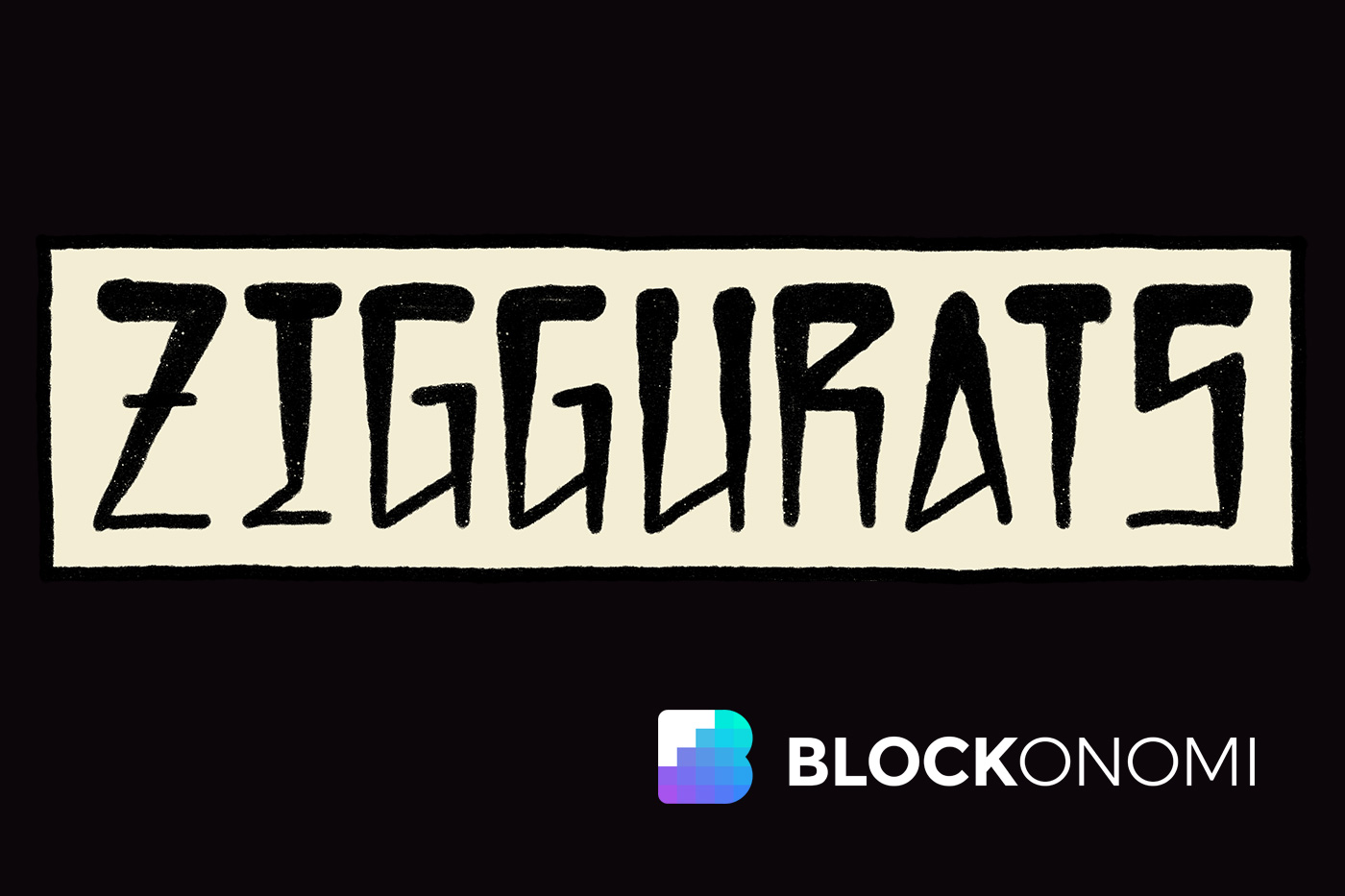Major decentralized blockchain platform Tezos announced on Tuesday that the firm has partnered with Linkin Park frontman Mike Shinoda to launch an NFT music series.
The new music project, dubbed Ziggurats, consists of 5,000 mini mixtapes with unique music and different cover art. The release date is scheduled in early December through streaming services and the Tezos blockchain.
The American singer and songwriter talked about his plan, saying:
“I’ve been off Twitch and social media a little bit here and there because I have a couple little projects I’ve been trying to spend more time on. The primary one is a music + NFT idea, and it’s coming out great.”
Shinoda Goes NFTs
The music-focused NFT series, described as “generative mixtape,” is also accessible for music lovers or the band’s supporters with no need of NFT’s interest. If the audience wants to show support for the artist, they can buy in on Tezos.
“If you’re not into NFTs, you’ll still be able to check it out for free. I hope you enjoy it. If you want to buy one, it’ll be on Tezos,” Shinoda added.
Shinoda’s interests with the NFT, like those of other musicians, go beyond money.
The musician hopes to use blockchain technology to revolutionize the music industry, particularly with his agents, legal staff, and studio executives.
These are the factors that lower the amount of money earned by artists while also increasing the tendency of usury through record label sponsorship. Tezos is the blockchain of choice for a number of NFT music-related collaborations and initiatives.
OneOf, a Tezos-based NFT store, debuted NFTs inspired by legends like John Legend, Quincy Jones, Doja Cat, and Whitney Houston in June. H.E.R, Charlie Puth, G-Eazy, Jacob Collier, and Aurora are among the musicians and artists whose NFT crypto collectibles will be released by the platform.
In order to reward musicians, OneOf has partnered with the Recording Academy, the prestigious organization behind the Grammy Awards.
Market Saturation
Despite the controversial reactions of mainstream audiences, celebrities and artists’ attraction with the NFT area continues to grow.
Artists now have the freedom to select thanks to NFTs, which they didn’t have before. Art is increasing as a result of technology, and technology will continue to grow as a result of art.
In theory, NFTs are used to validate the authenticity of one-of-a-kind artifacts. If you create a picture or a song, for example, and wish to establish your ownership, you’ll need to go through several phases of the verification procedure.
However, you only need one key to confirm your ownership with NFTs. It saves time and is approved all over the world without the involvement of the government or an intermediary.
Isn’t it a little too wonderful to be true? Well, for now, it seems to be real.
The most pressing issue will be getting the user’s perspective. It’s obvious that for a hundred bucks, you can acquire a real version of the artwork.
However, when it is converted into NFT, the price tag soars into the billions. The number of persons who agree that an NFT exists, according to many NFT enthusiasts, determines its value.
If even one person believes it and is willing to invest their money into it, a million dollars can become a billion dollars.
Still, the logic of NFTs remains unclear that no one can fully explain. Despite this, many continue to jump on the bandwagon despite a lack of understanding of the market and ecosystem.
Many people are afraid about missing out and being left behind. Investing and speculating are barely distinguishable. Many are terrified of being left out of the game, therefore they join with the group, and have contributed to the growth of this bubble.





































